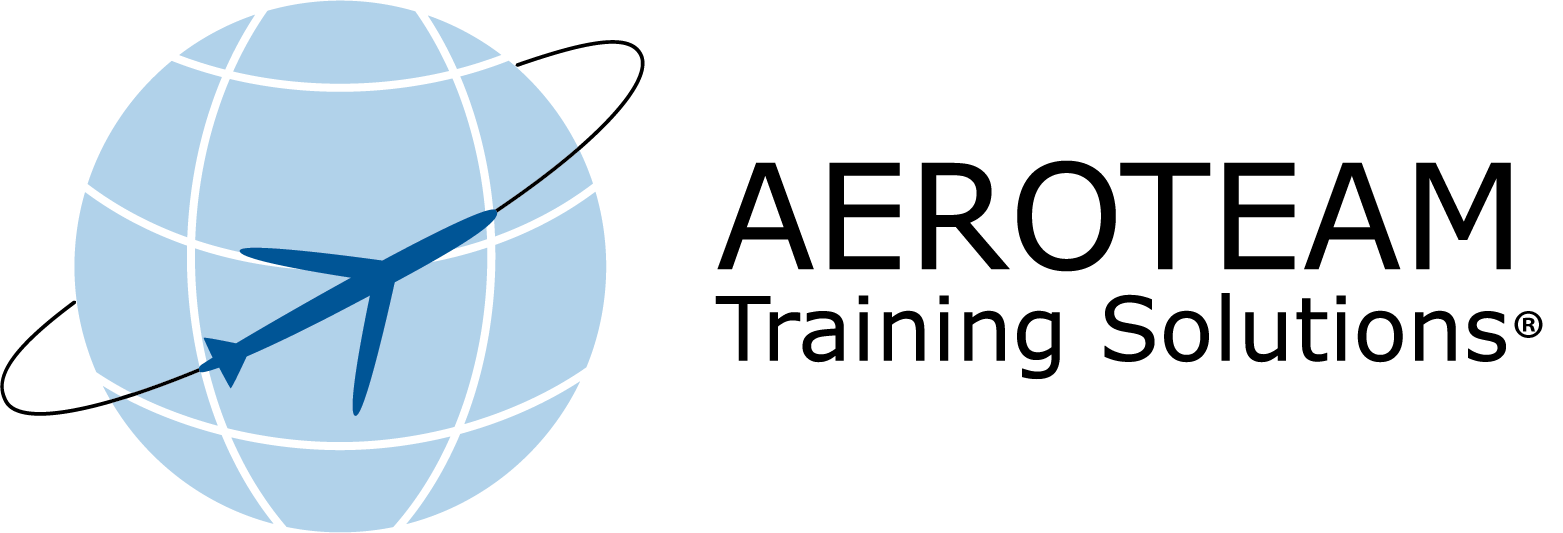
Mission Success Begins in the Classroom: 5 Ways to Improve Human Factors Training in the Defence Industry
Human Factors training is crucial as it helps improve safety, performance, and non-technical skills. In the defence and military industry, however, human factors training is complex and requires a tailored approach that considers the dynamic interplay between human performance, diverse roles, advanced technology, and a constantly evolving operational environment.
Training in human factors addresses the cognitive, physical, and psychological challenges that military professionals encounter in high-pressure work environments.
Training reduces the risk of human error and enhances the ability to coordinate and communicate as a crew and work together as a team. Essentially, human factors training ensures safer and more efficient missions. Especially in critical fields like defence.
In this article, we draw on the good principles of Human Factors training from an aviation point-of-view. We present 5 key principles which can inspire and improve the way we currently training non-technical skills and human factors in the defence and military industry.
1. Incorporate Scenario-Based Learning Principles and Advanced Simulations
Realistic scenarios and simulations are crucial when it comes to reflecting the complex and sometimes unpredictable nature of military and defence operations. If the training simulates high-stress environments using practical scenarios, military personnel become more adept at making critical decisions, working together as a team, and communicating effectively.
Innovative training platforms such as the digital MAYDAY Training Tools helps create an immersive and interactive learning environment. The tools provide a credible hands-on experience where the non-technical skills and responses of the personnel are tested and fortified.
Read more: The Ultimate Checklist for Human Factors Training
2. Emphasise Teamwork, Communication, and Decision-Making to Enhance Cognitive Resilience
If the purpose of the training is to enhance the ability to STOP before performing a task, THINK about potential risks, and always ACT with safety in mind, training must go beyond technical skills. Knowing how to perform a certain task correctly does not help you exert situational awareness, leadership, teamwork, and stress management.
These skills are non-technical. This means that they cannot be taught by reading a manual or performing a task. Non-technical skills refer to cognitive and interpersonal abilities which are crucial for effective performance in dynamic and high-risk situations.
Human Factors training contributes to improving cognitive resilience, even when experiencing fatigue or stress. Therefore, stress management techniques should be an integral part of the training in order to maintain operational safety and efficiency.

3. Continuous Learning and Feedback Strengthens the Overall Safety Culture
An important part of Human Factors is the annual or biennial reinforcement of the training principles. Continuous training that incorporates feedback, reviews, and debriefing helps highlight the influence of human factors on performance, safety, and mission success.
When the training becomes a ubiquitous part of the organisational culture, it strengthens the overall safety. To facilitate this, management must encourage open communication, a just safety culture, and healthy reporting habits.
Read more: Examining the Evolution of Human Factors Training in Aviation
4. A Cockpit, a Tank, or a Military Base? Customise and Update the Training
It may be tempting to succumb to the old saying “One Size Fits All” when you are in the process of developing your Human Factors training programme.
However, you cannot expect a positive outcome if you expose different roles to the same contents. Human Factors training must be tailored to accommodate the specific roles within the defence or military branch in question. Different units, job functions, and responsibilities face different challenges. Therefore, the training must address human factors in an operational context.
To ensure that the training remains relevant and role-specific, update the training programme once a year to reflect new roles, responsibilities, and situations.

5. Start Early, Be Consistent, and Draw Inspiration from Other Fields
To harvest the fruits of Human Factors training, it is important to incorporate human factors considerations as early as possible when new personnel is assigned. Training is only effective if it is reinforced, consistent, and immersive.
An idea could be to draw inspiration from other industries like aviation, where human factors training has been a requirement for more than three decades. Alternatively, seek collaborations with other human factors experts within the field and key personnel to design training programmes that reflect realistic operational scenarios. Training usually becomes more relevant and focused when you consider the perspective of the end users.
Human Factors Training Has a Huge Impact
The article has just presented five key principles to enforce and improve Human Factors training in the defence industry.
By drawing inspiration from the five principles, you can contribute to creating more resilient, adaptable, and effective personnel – leading to safer and more effective performances and enhanced mission success.
Read more: The Human Factor: When Humans Make Mistakes…
Explore Our World of Active Learning
Get acquainted with MAYDAY - an interactive training solution for the global aviation industry.






